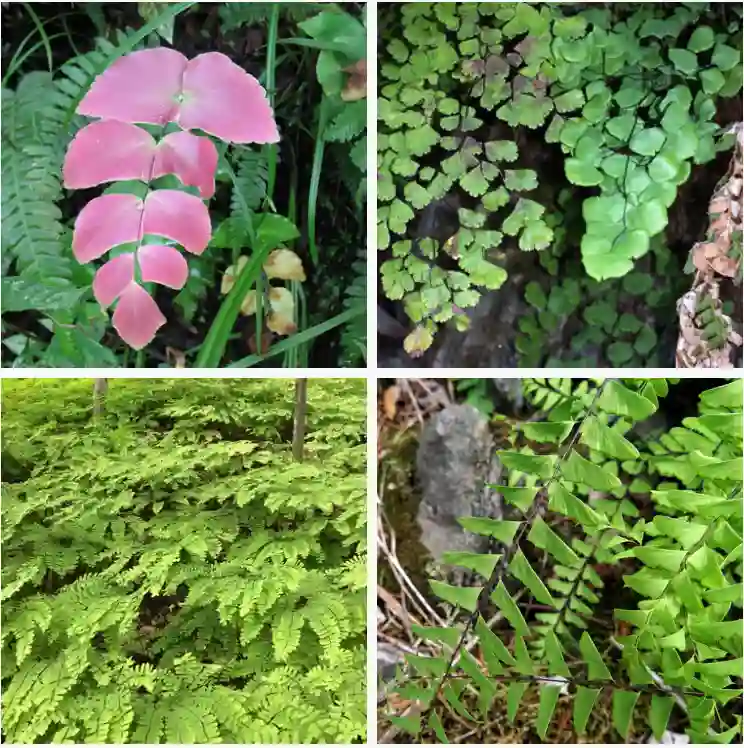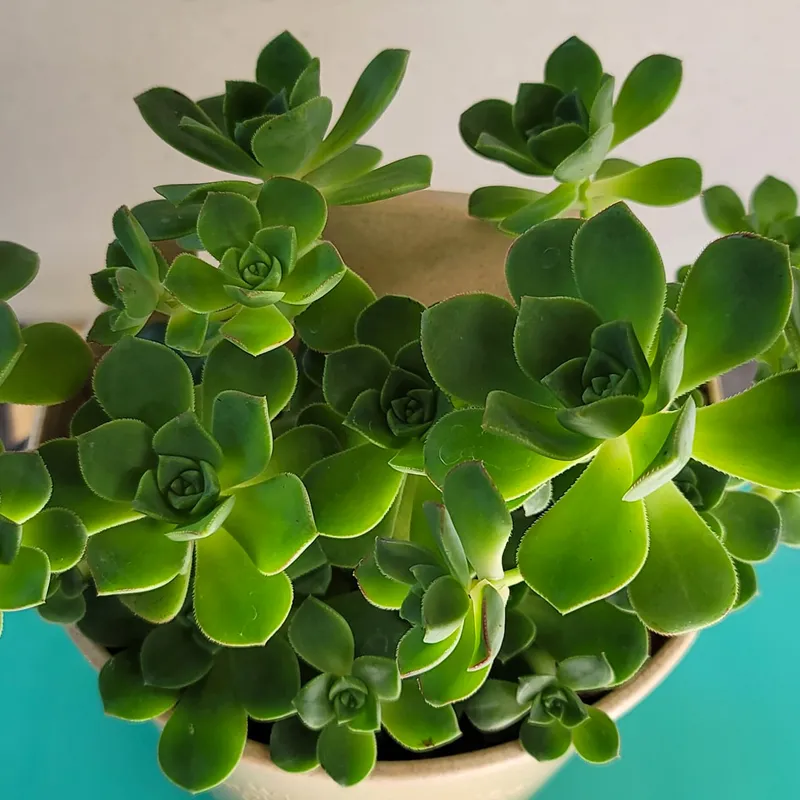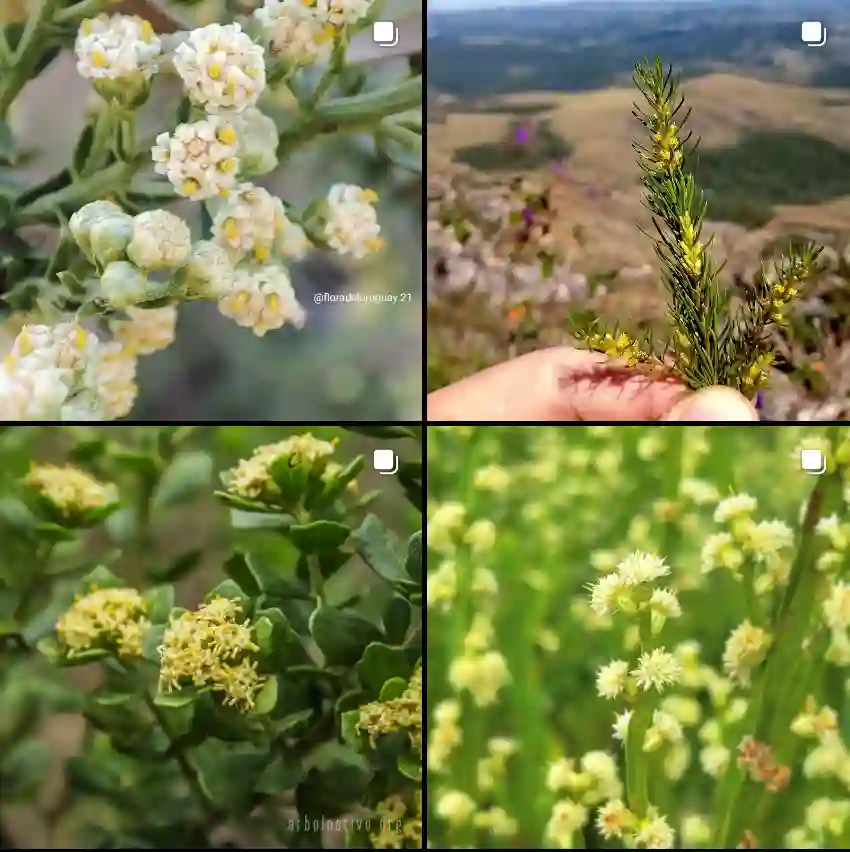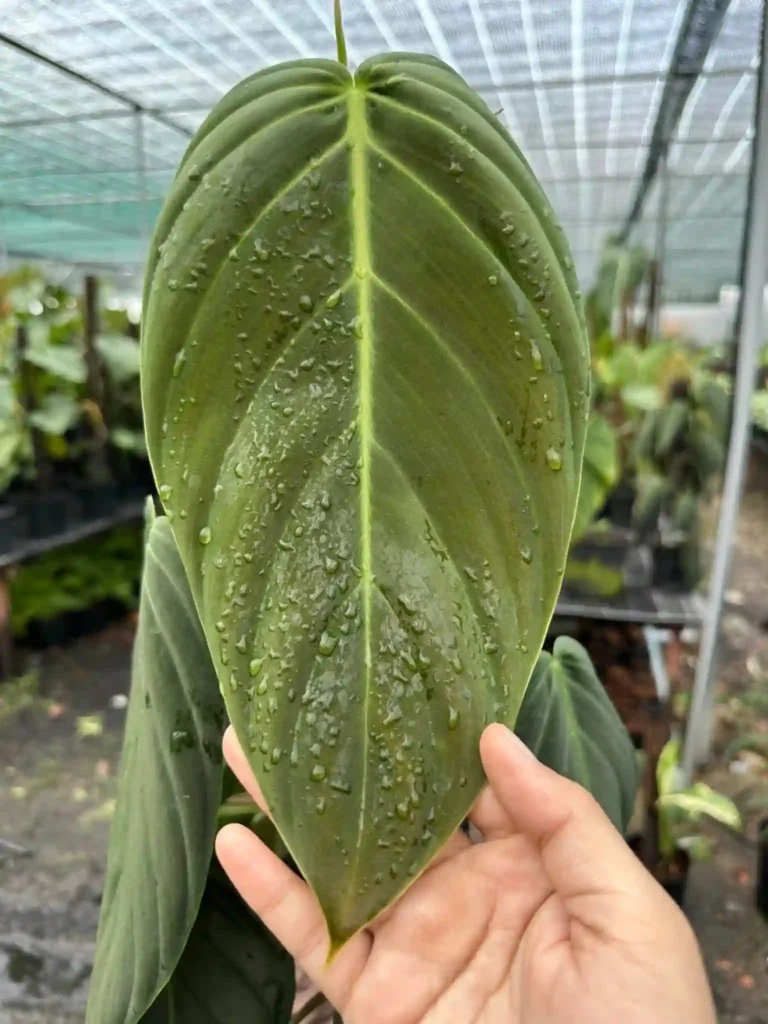Comptonia: A Fern That Isn’t
My name is Ferb Vu, and I’m fascinated by the natural world, particularly the intricate and often surprising realm of botany. Today, I want to share my enthusiasm for a unique genus of plants called Comptonia. This intriguing genus, part of the Myricaceae family, is native to eastern North America and boasts a rich history and some peculiar characteristics.
The genus Comptonia currently includes only one extant species:
- Comptonia peregrina (L.) Coult. – commonly known as sweet fern.
However, the fossil record reveals a more diverse past, with several extinct species identified. This suggests that Comptonia was once more widespread and diverse than it is today.
What is Comptonia Peregrina?
Despite its name, Sweet Fern isn’t a true fern. It’s a deciduous shrub belonging to the Myricaceae family, sharing close lineage with bay laurel. The “fern” part of the name likely originates from its delicate, fern-like leaves. Unlike ferns, though, these leaves release a beautiful vanilla-like aroma when crushed, justifying the “sweet” half of the moniker.
Reaching a maximum height of around 5 feet, Sweet Fern boasts a graceful presence. Slender branches adorned with fragrant leaves create a soft, airy texture. Come fall, the foliage transforms into a fiery display of red and orange, adding a pop of color to your garden.
Beyond Fragrance: Sweet Fern’s Ecological Benefits
Sweet Fern’s charm extends beyond its delightful scent. Here are some ecological benefits it offers:
- Nitrogen Fixation: Unlike most plants that require nitrogen-rich soil, Sweet Fern is a nitrogen fixer. It forms a symbiotic relationship with bacteria in its root system, converting atmospheric nitrogen into a usable form for both the plant and the surrounding soil. This makes Sweet Fern a valuable companion plant for other species that struggle in nitrogen-deficient environments.
- Wildlife Habitat: Sweet Fern provides a haven for various wildlife species. Butterflies find its fragrant flowers attractive, while birds utilize its dense foliage for nesting and shelter.
Planting Sweet Fern in your garden not only enhances its aesthetics but also contributes to a healthy ecosystem.
How to care for Comptonia Peregrina?
Sweet Fern is a dream for busy gardeners. Here’s a breakdown of its simple needs:
- Light: Partial shade is ideal. It tolerates full sun in cooler climates but might need afternoon shade in hotter regions.
- Water: Once established, Sweet Fern is drought-tolerant. Regular watering is needed only during prolonged dry spells.
- Soil: Sandy, well-drained, acidic soil (pH below 6.8) is best. Sweet Fern thrives in poor-quality soils, making it a great choice for areas with less fertile land.
- Fertilizer: Not required! Sweet Fern’s nitrogen-fixing abilities eliminate the need for additional fertilization.
With minimal intervention, Sweet Fern thrives and can even form attractive colonies in your garden. However, if you prefer a more controlled look, keep an eye out for rapid spread and prune accordingly.
How to propagate Comptonia Peregrina?
There are two main ways to propagate Sweet Fern and share its beauty with others:
- Seed: Collect seeds in the fall when the fruit (a small nutlet) matures. Store them in a cool, dry place for stratification (exposure to cold) over winter. In spring, sow the seeds in pots with a sandy soil mix. Germination can be slow, so be patient!
- Softwood Cuttings: In early summer, take cuttings from new growth. Trim off the lower leaves, dip the ends in rooting hormone (optional), and plant them in pots with a well-draining mix. Keep the soil moist and provide indirect sunlight. Rooting can take several weeks.
Once established, your propagated Sweet Fern can be transplanted to its permanent location in the garden.
Sweet Companions: Designing with Sweet Fern
Sweet Fern’s delicate beauty complements various garden styles. Here are some ideas for creating a harmonious composition:
- Shrub Companions: Low-growing rhododendrons, azaleas, or hydrangeas with contrasting foliage colors create a vibrant tapestry.
- Perennial Partners: Shade-loving perennials like ferns, hostas, or columbine add texture and interest to the understory. Their contrasting foliage shapes further enhance the visual appeal.
- Groundcover Choices: Creeping phlox or wild strawberries provide a lush groundcover beneath the Sweet Fern, adding a touch of visual intrigue and suppressing weeds.
By combining Sweet Fern with these plants, you can create a low-maintenance, visually stunning, and ecologically beneficial garden haven.
As a botany enthusiast, I find Comptonia to be a captivating example of the diversity and complexity of the plant kingdom. Its story is a reminder of the intricate connections between plants, humans, and the environment. It’s a testament to the power of adaptation and the enduring legacy of natural history.
If i die, water my plants!



